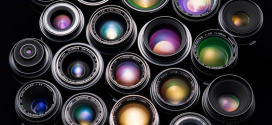The first digital camera was built in 1975 and a lot has changed since then. Technology is improving every aspect of our lives everyday and the digital cameras are no different. Digital cameras has changed photography for the better and made picture taking as easy for the common photographer as it is for the professionals.
LCD’s on the cameras has completely replaced the uncertainty of waiting for pictures to be developed. High resolution provide more detail to every photo taken. The more pixels a camera has, the better quality picture you receive.
The latest technology in digital cameras incorporates the very popular technology of GPS geotagging, in-camera image enhancement, auto scene mode and even advanced face detection. The advanced face detection feature can detect the faces of the scene being photographed and sets the exposure. This feature also detects when a subject blinks, reduces the horrible red-eye pictures and can even detect pets. Some cameras can detect up to 32 faces in on picture including those of the pet. The in-camera image enhancement feature is not the same as to Photoshop a picture, but it does allow you to make some changes to a picture before it is printed. It has the ability to increase colors, cut and paste a picture on different backgrounds and input animated characters.
The auto scene mode is another great feature. It determines the scene that is being shot and makes the appropriate adjustments for the best picture. There is an unlimited amount of modes that can be use when taking a picture. Some of them include miniature, sports and skin softening which removes skin imperfections. The GPS geotagging feature does several things, but the main capability is the ability to identify geographical information of photo as it is being take. It coordinates the latitude and longitude of an image and enters that information into the EXIF data. This allows the photographer to place picture on a world map according to where they were taken.
 Mind Gem
Mind Gem

